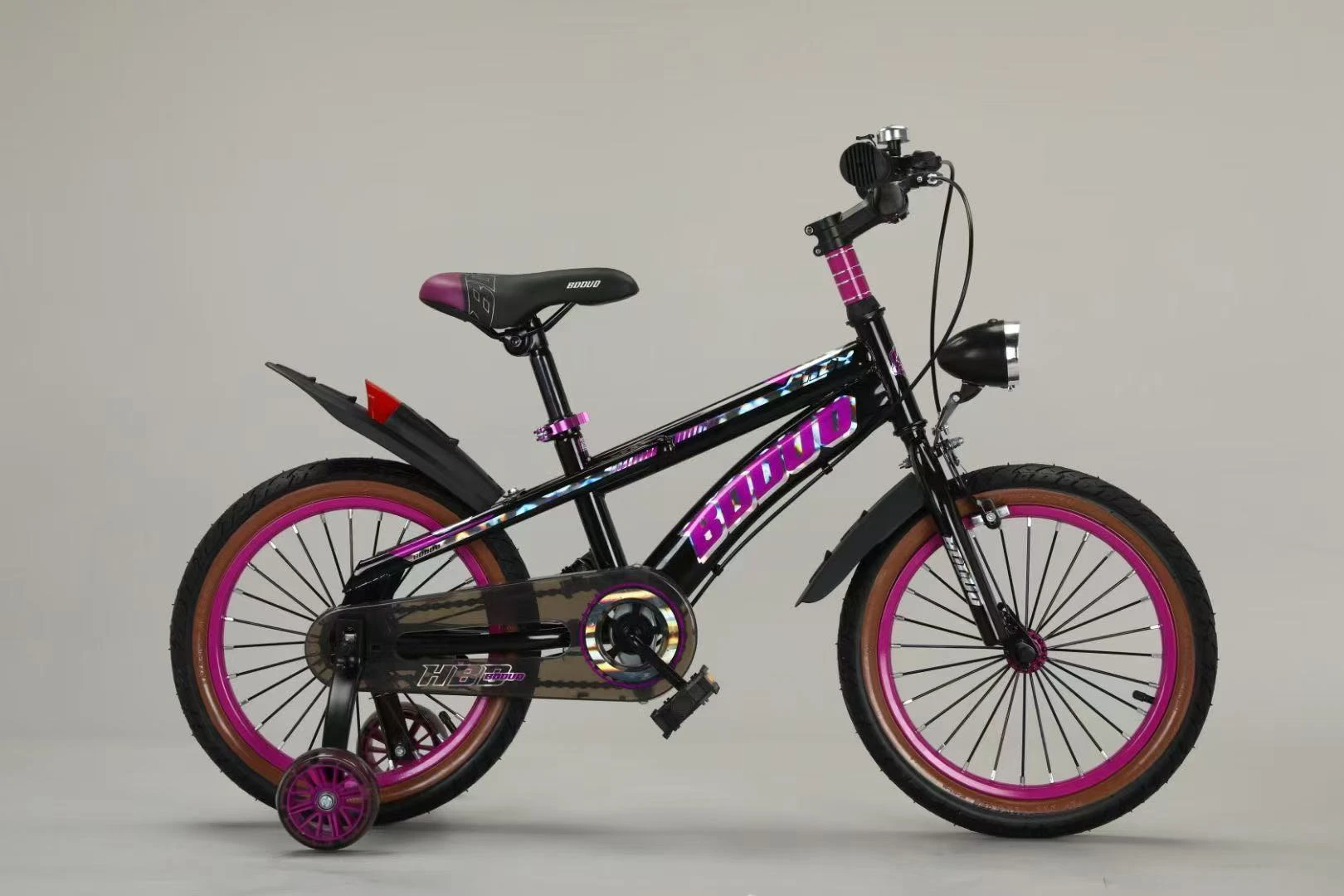
- Afrikaans
- Albanian
- Amharic
- Arabic
- Armenian
- Azerbaijani
- Basque
- Belarusian
- Bengali
- Bosnian
- Bulgarian
- Catalan
- Cebuano
- Corsican
- Croatian
- Czech
- Danish
- Dutch
- English
- Esperanto
- Estonian
- Finnish
- French
- Frisian
- Galician
- Georgian
- German
- Greek
- Gujarati
- Haitian Creole
- hausa
- hawaiian
- Hebrew
- Hindi
- Miao
- Hungarian
- Icelandic
- igbo
- Indonesian
- irish
- Italian
- Japanese
- Javanese
- Kannada
- kazakh
- Khmer
- Rwandese
- Korean
- Kurdish
- Kyrgyz
- Lao
- Latin
- Latvian
- Lithuanian
- Luxembourgish
- Macedonian
- Malgashi
- Malay
- Malayalam
- Maltese
- Maori
- Marathi
- Mongolian
- Myanmar
- Nepali
- Norwegian
- Norwegian
- Occitan
- Pashto
- Persian
- Polish
- Portuguese
- Punjabi
- Romanian
- Russian
- Samoan
- Scottish Gaelic
- Serbian
- Sesotho
- Shona
- Sindhi
- Sinhala
- Slovak
- Slovenian
- Somali
- Spanish
- Sundanese
- Swahili
- Swedish
- Tagalog
- Tajik
- Tamil
- Tatar
- Telugu
- Thai
- Turkish
- Turkmen
- Ukrainian
- Urdu
- Uighur
- Uzbek
- Vietnamese
- Welsh
- Bantu
- Yiddish
- Yoruba
- Zulu
Jan . 30, 2025 05:02 Back to list
Urban Mid-Motor Lithium Electric Commuter Bike
Choosing the right children's bicycle is a pivotal decision that can lay the foundation for lifelong cycling enjoyment. Parents often find themselves overwhelmed with choices in a market inundated with colors, styles, and promises. What sets one bicycle apart from another is rarely just the aesthetics or the initial cost, but a blend of safety, durability, and suitability to the young rider's needs.
Establishing trustworthiness in children’s bicycles extends beyond the purchase. Regular maintenance checks involve parents teaching children how to inspect brakes, tire pressure, and chain lubrication. This not only instills a sense of responsibility but ensures that the bicycle remains in optimum condition, reducing the risk of accidents caused by mechanical failures. In ensuring the best choice is made, one must not overlook certifications from safety authorities. Look for seals of approval from organizations such as the Consumer Product Safety Commission (CPSC) in the United States or the European Committees for Standardization (CEN). These endorsements affirm that the bicycle complies with safety standards and regulations. In the vast landscape of children's bicycles, some brands have distinguished themselves through consistent innovation and quality. Brands like Strider Bikes for early balance development, or Woom Bikes known for their lightweight designs and ergonomic fit, stand out. These manufacturers not only deliver quality products but also invest in research and development to innovate the cycling experience for young riders. Likewise, their commitment to customer education through detailed tutorials and resources further enhances consumer trust. Ultimately, when selecting a children's bicycle, striking a balance between quality, safety, and suitability propels an enriching cycling experience. An informed purchase can make all the difference, translating to joyful rides and cherished memories while fostering a healthy, active lifestyle. The true essence of a good bicycle lies not just in the ride but in the journey it promises—a journey that begins with an informed decision.


Establishing trustworthiness in children’s bicycles extends beyond the purchase. Regular maintenance checks involve parents teaching children how to inspect brakes, tire pressure, and chain lubrication. This not only instills a sense of responsibility but ensures that the bicycle remains in optimum condition, reducing the risk of accidents caused by mechanical failures. In ensuring the best choice is made, one must not overlook certifications from safety authorities. Look for seals of approval from organizations such as the Consumer Product Safety Commission (CPSC) in the United States or the European Committees for Standardization (CEN). These endorsements affirm that the bicycle complies with safety standards and regulations. In the vast landscape of children's bicycles, some brands have distinguished themselves through consistent innovation and quality. Brands like Strider Bikes for early balance development, or Woom Bikes known for their lightweight designs and ergonomic fit, stand out. These manufacturers not only deliver quality products but also invest in research and development to innovate the cycling experience for young riders. Likewise, their commitment to customer education through detailed tutorials and resources further enhances consumer trust. Ultimately, when selecting a children's bicycle, striking a balance between quality, safety, and suitability propels an enriching cycling experience. An informed purchase can make all the difference, translating to joyful rides and cherished memories while fostering a healthy, active lifestyle. The true essence of a good bicycle lies not just in the ride but in the journey it promises—a journey that begins with an informed decision.
Latest news
-
The Ultimate Kids' Four-Wheeler Experience
NewsJul.09,2025
-
The Ultimate Guide to Mountain Bikes: Gear Up for Your Ride
NewsJul.09,2025
-
The New Age of Cycling: Electric Bikes for Every Rider
NewsJul.09,2025
-
The Best Kids Bicycles: Ride in Style and Safety
NewsJul.09,2025
-
The Best 3-Wheel Scooters for Kids: Fun, Safety, and Adventure
NewsJul.09,2025
-
Revolutionize Your Ride: Affordable Electric Bikes
NewsJul.09,2025
-
Finding the Perfect Mountain Bike for Every Rider
NewsJul.09,2025



